In the dynamic world of logistics and transportation, understanding the intricacies of semi truck components is paramount for efficiency and cost-effectiveness. One such critical component is the semi truck gas tank. At CarMax Vehicle, we delve deep into the nuances of semi truck gas tank sizes, providing insights that empower fleet managers and truck owners to make informed decisions.
The Importance of Gas Tank Size in Semi Trucks
The gas tank size of a semi truck plays a pivotal role in determining the vehicle’s range, fuel efficiency, and overall operational costs. A well-sized gas tank ensures that trucks can traverse long distances without frequent refueling stops, which is crucial for maintaining tight delivery schedules and minimizing downtime.
Fuel Efficiency and Operational Costs
A larger gas tank can reduce the frequency of refueling, leading to fewer stops and less time spent in transit. This not only enhances productivity but also contributes to significant cost savings over time. However, it’s essential to balance tank size with the truck’s payload capacity to ensure optimal performance.

Range and Fleet Management
For fleet operators, understanding the gas tank size is vital for route planning and management. A tank that aligns with the average distance covered per trip minimizes the risk of running out of fuel, thereby ensuring seamless operations and timely deliveries.
Standard Gas Tank Sizes in Semi Trucks
Semi trucks typically feature gas tank sizes that range from 100 to 300 gallons, depending on the model and intended use. Understanding these standard sizes can help in selecting the right truck for specific transportation needs.
Common Gas Tank Capacities
| Tank Size (Gallons) | Typical Use Case |
|---|---|
| 100 – 150 | Short to medium-haul routes, urban deliveries |
| 150 – 200 | Long-haul routes with moderate fuel requirements |
| 200 – 300 | Extended long-haul routes, transcontinental trips |
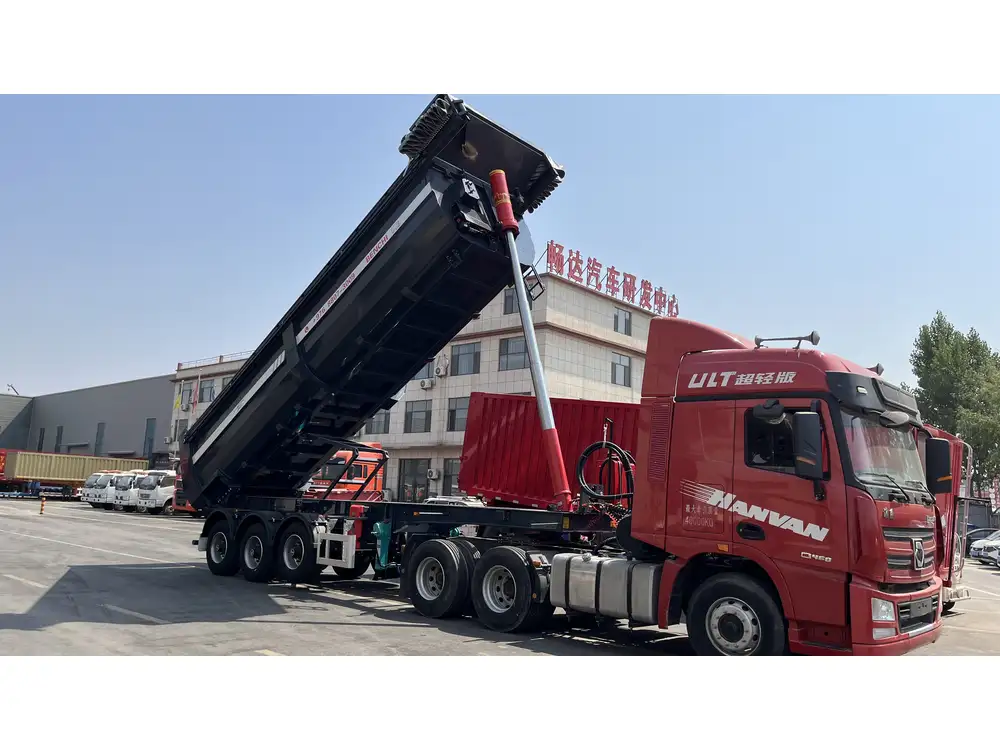
Comparative Analysis
When comparing different gas tank sizes, it’s essential to consider factors such as fuel consumption rates, distance covered, and payload capacity. For instance, a 200-gallon tank offers a substantial range increase over a 100-gallon counterpart but may reduce payload capacity due to the additional weight of the fuel.
Factors Influencing Gas Tank Size Selection
Selecting the appropriate gas tank size involves evaluating various factors that influence a truck’s performance and operational efficiency.
Route Distance and Frequency
The average distance of routes and the frequency of trips significantly impact the required gas tank size. Longer routes with fewer refueling opportunities necessitate larger tanks to ensure uninterrupted operations.

Fuel Consumption Rate
Different semi trucks have varying fuel consumption rates based on engine type, load capacity, and driving conditions. Understanding the fuel efficiency of a truck model helps in estimating the optimal gas tank size to meet specific operational demands.
Payload Capacity
The payload capacity, or the maximum weight a truck can carry, is directly affected by the weight of the fuel. Larger gas tanks add to the overall weight, which can limit the payload capacity. It’s crucial to find a balance between fuel capacity and payload to maximize both efficiency and profitability.
Regulatory Compliance
Compliance with regional and national regulations regarding fuel storage and transportation is essential. Some jurisdictions impose restrictions on the maximum fuel tank size for certain types of trucks, influencing the selection process.
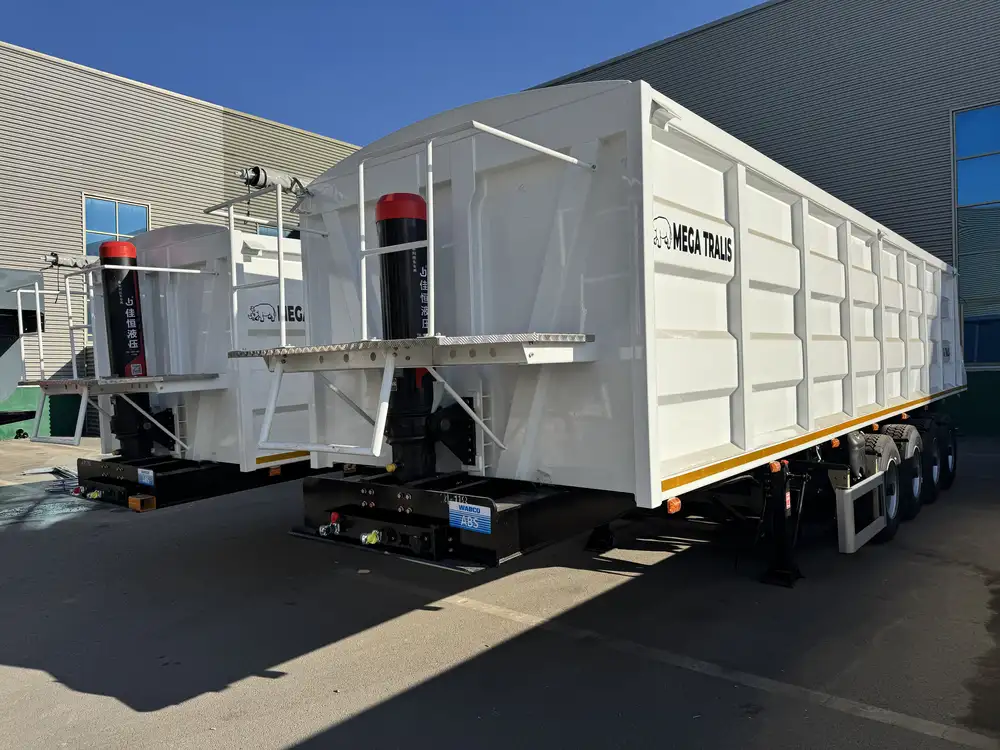
Innovations in Gas Tank Technology
Advancements in gas tank technology have led to more efficient and safer fuel storage solutions for semi trucks. These innovations not only enhance fuel capacity but also improve overall truck performance.
Lightweight Materials
Modern gas tanks are increasingly made from lightweight yet durable materials, such as aluminum and composite plastics. These materials reduce the overall weight of the tank, allowing for greater payload capacities without compromising fuel storage.
Enhanced Safety Features
Safety is paramount in fuel storage. Innovations include improved venting systems, impact-resistant designs, and advanced sensors that monitor fuel levels and detect leaks. These features minimize the risk of accidents and ensure safe operations under various conditions.
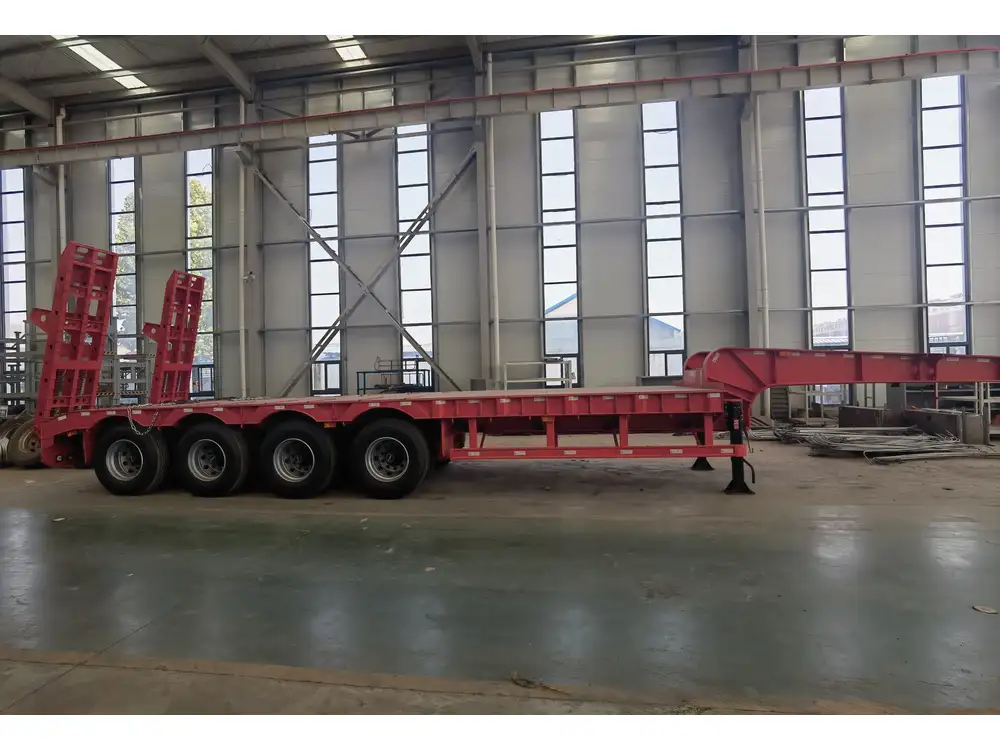
Modular Tank Designs
Modular gas tank designs offer flexibility in configuring tank sizes based on specific needs. This adaptability allows truck operators to customize their fuel storage, optimizing for both capacity and weight distribution.
Choosing the Right Gas Tank Size for Your Fleet
At CarMax Vehicle, we understand that selecting the right gas tank size is a critical decision that affects every aspect of your fleet’s operations. Here’s a step-by-step guide to help you make an informed choice.
Assess Your Operational Needs
Begin by analyzing your fleet’s daily operations. Consider factors such as average trip distance, frequency of trips, and the typical routes taken. This assessment will provide a clear understanding of the fuel requirements and help determine the necessary gas tank size.
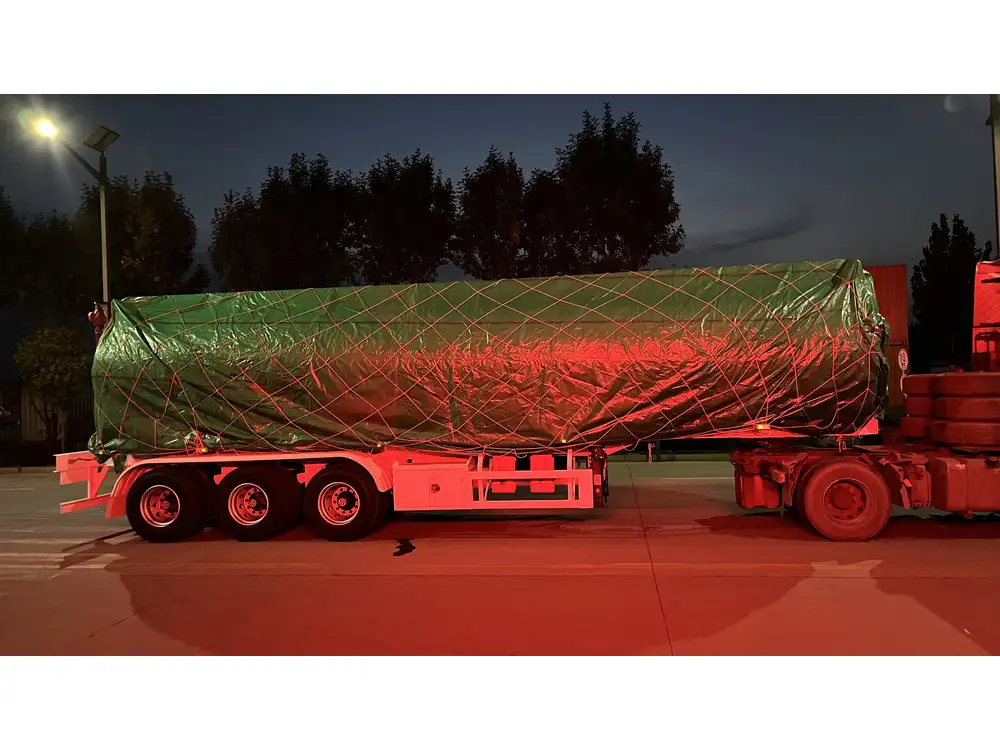
Evaluate Fuel Efficiency
Examine the fuel efficiency of the truck models you are considering. Trucks with higher miles-per-gallon (MPG) ratings may require smaller tanks, while those with lower MPG may benefit from larger tanks to extend range and reduce refueling frequency.
Calculate Total Fuel Consumption
Estimate the total fuel consumption based on your operational needs and the truck’s MPG. This calculation will help you determine the minimum gas tank size required to cover your routes without exceeding your fuel budget.
Consider Payload and Weight Distribution
Ensure that the selected gas tank size does not adversely affect the truck’s payload capacity. Balance the need for fuel capacity with the requirement to carry essential loads, optimizing both fuel efficiency and profitability.
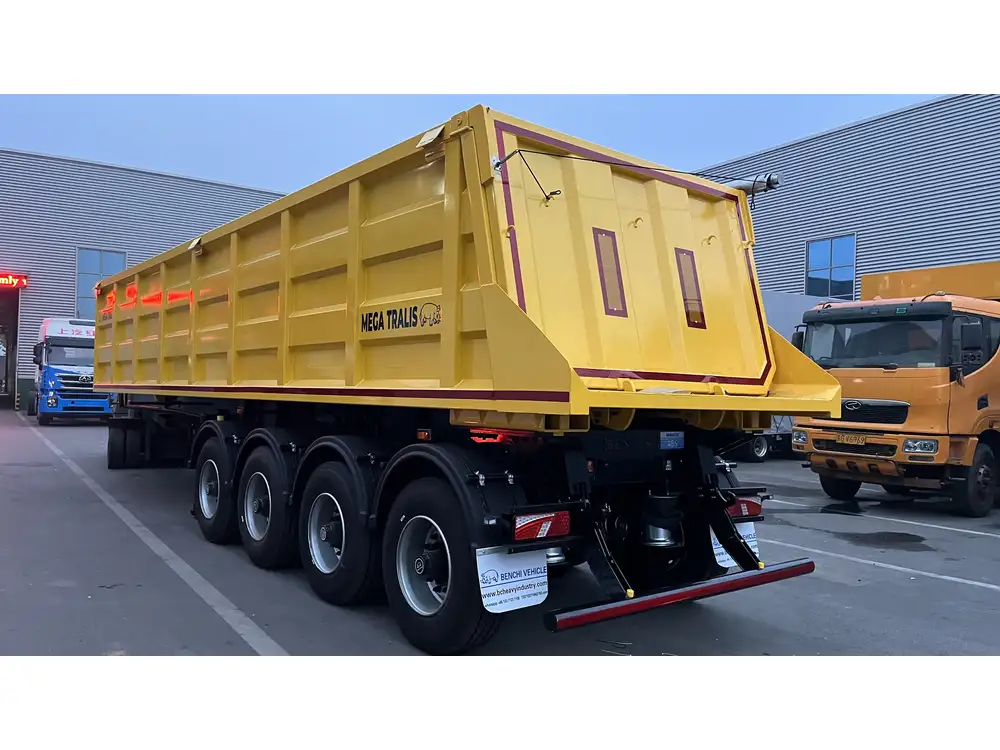
Review Regulatory Guidelines
Familiarize yourself with local and national regulations governing fuel tank sizes and safety standards. Compliance ensures that your trucks operate legally and safely, avoiding potential fines and operational disruptions.
Benefits of Optimizing Gas Tank Size
Optimizing the gas tank size of semi trucks offers numerous advantages that enhance operational efficiency and reduce costs.
Reduced Fuel Costs
Larger gas tanks can lead to bulk purchasing of fuel, often at discounted rates. Additionally, fewer refueling stops translate to savings on labor costs and vehicle idling times, further lowering overall fuel expenses.

Increased Productivity
Minimizing the number of refueling stops allows trucks to spend more time on the road, completing more deliveries and increasing overall productivity. This efficiency is crucial for meeting tight schedules and maintaining high levels of customer satisfaction.
Enhanced Safety
Properly sized gas tanks reduce the risk of running out of fuel during transit, which can prevent dangerous situations on the road. Additionally, modern tank designs with advanced safety features enhance the overall safety of truck operations.
Environmental Impact
Optimizing fuel consumption through appropriate gas tank sizing contributes to reduced carbon emissions. Efficient fuel usage not only benefits the environment but also aligns with sustainability goals and regulatory requirements.

Maintenance and Care of Semi Truck Gas Tanks
Maintaining the gas tank is essential for ensuring its longevity and performance. Regular inspections and proper care can prevent leaks, spills, and other issues that may arise from wear and tear.
Routine Inspections
Conducting routine inspections helps identify potential problems early. Check for signs of corrosion, leaks, and damage to the tank structure. Pay special attention to seals and connections, ensuring they remain intact and secure.
Cleaning and Preventive Maintenance
Regular cleaning of the gas tank removes sediment and debris that can affect fuel quality and engine performance. Implementing preventive maintenance practices, such as flushing the tank and replacing filters, ensures optimal fuel flow and minimizes the risk of contamination.

Monitoring Fuel Levels
Utilize advanced fuel monitoring systems to track fuel levels accurately. These systems can alert operators to unexpected drops in fuel, indicating possible leaks or unauthorized usage, thereby enhancing security and operational control.
Addressing Corrosion and Wear
Protect the gas tank from corrosion by using anti-corrosive coatings and ensuring proper ventilation. Address any signs of wear promptly to prevent further damage and extend the tank’s service life.
Future Trends in Semi Truck Fuel Storage
The transportation industry is continuously evolving, and so are the technologies related to fuel storage. Anticipating future trends can help fleet operators stay ahead and adopt innovations that enhance efficiency and sustainability.
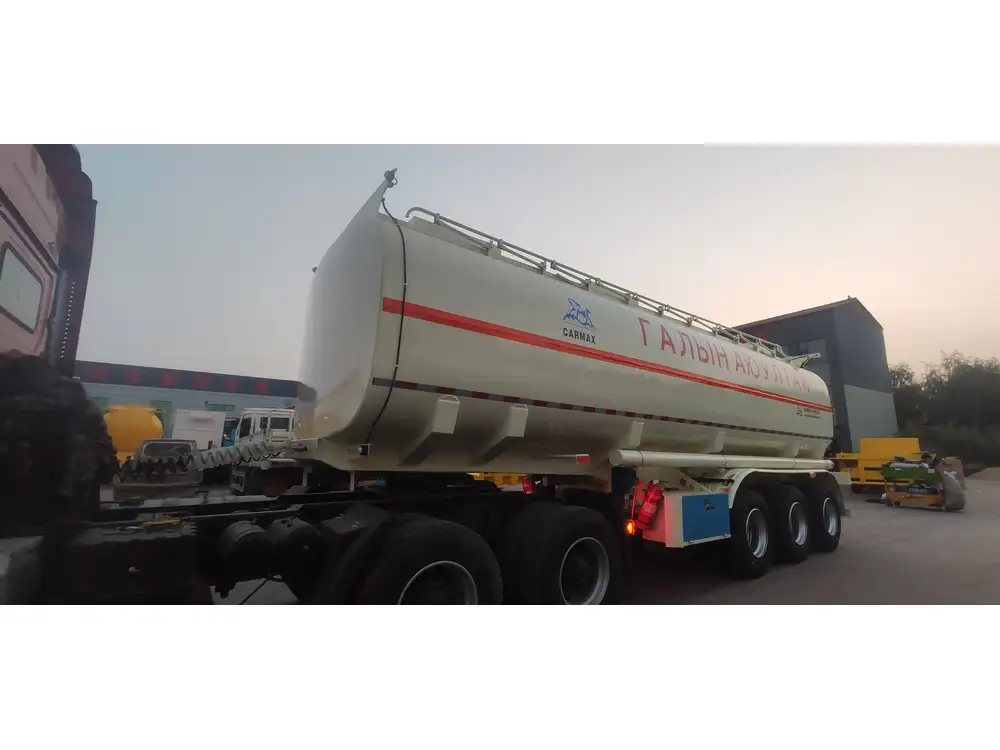
Alternative Fuels and Hybrid Systems
The shift towards alternative fuels, such as compressed natural gas (CNG), liquefied natural gas (LNG), and electric power, is reshaping the landscape of fuel storage. Hybrid systems that combine traditional fuel tanks with electric batteries are gaining traction, offering improved fuel efficiency and reduced emissions.
Smart Fuel Management Systems
Integration of smart technologies in fuel management is revolutionizing how fleets monitor and manage fuel consumption. Advanced telematics and IoT-enabled sensors provide real-time data on fuel usage, tank levels, and performance metrics, enabling proactive decision-making and optimized fuel strategies.
Lightweight and Flexible Tank Designs
Future gas tanks are expected to become even lighter and more flexible, utilizing cutting-edge materials and innovative designs. These advancements will enhance fuel capacity without adding significant weight, improving overall truck performance and fuel efficiency.
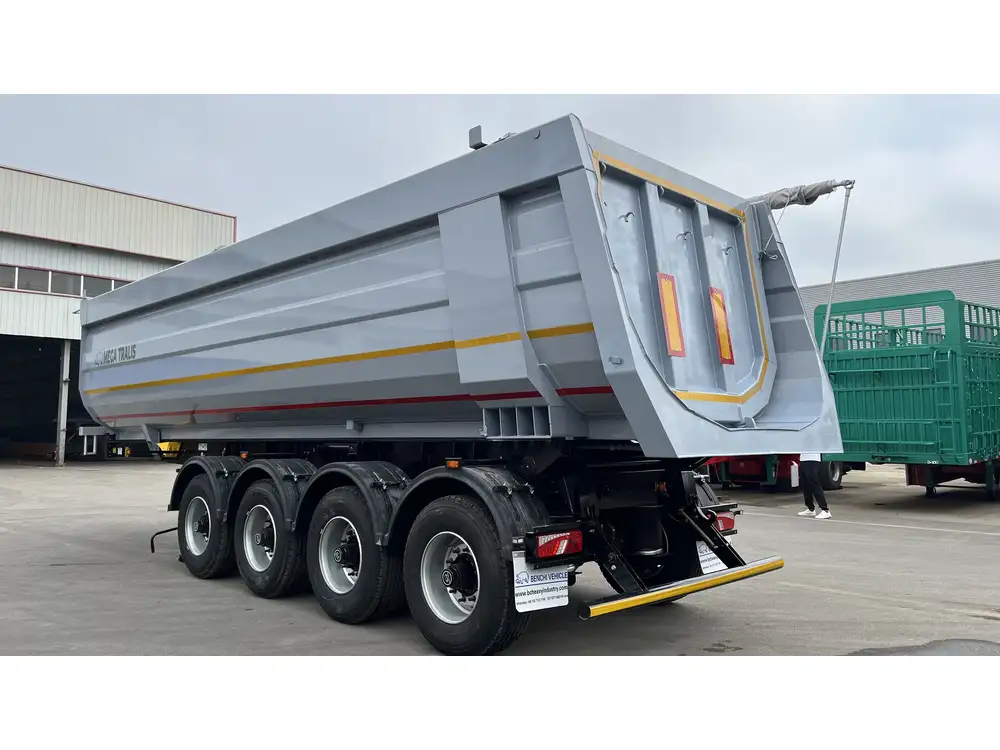
Sustainable Manufacturing Practices
As sustainability becomes a central focus, manufacturers like CarMax Trailer are adopting eco-friendly materials and processes in gas tank production. This shift not only reduces the environmental footprint but also aligns with the growing demand for green transportation solutions.
Conclusion
Selecting the right semi truck gas tank size is a multifaceted decision that significantly impacts operational efficiency, cost management, and overall fleet performance. At CarMax Vehicle, we are committed to providing high-quality trailers equipped with optimized fuel storage solutions that cater to diverse transportation needs.
By understanding the factors influencing gas tank size selection, leveraging innovative technologies, and adhering to best maintenance practices, fleet operators can achieve enhanced productivity, reduced costs, and improved safety standards. As the transportation industry continues to evolve, staying informed about the latest trends and advancements in fuel storage will ensure that your fleet remains competitive and resilient in a rapidly changing landscape.
Frequently Asked Questions
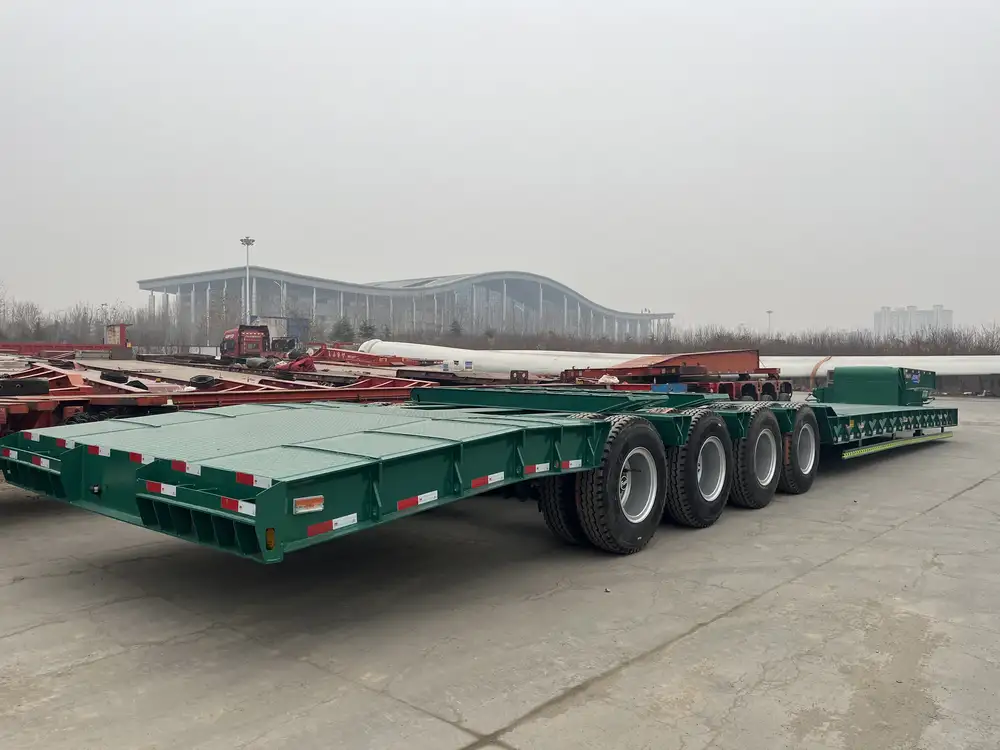
1. What is the average gas tank size for a semi truck?
The average gas tank size for a semi truck ranges from 100 to 300 gallons, depending on the model, intended use, and operational requirements. Short-haul trucks typically have smaller tanks, while long-haul trucks feature larger capacities to cover extended distances without frequent refueling.
2. How does gas tank size affect a semi truck’s payload capacity?
Larger gas tanks add additional weight to the truck, which can reduce the available payload capacity. It’s essential to balance fuel capacity with payload needs to ensure that the truck can carry its intended load without compromising fuel efficiency or performance.
3. Are there regulations governing the size of gas tanks in semi trucks?
Yes, there are regional and national regulations that dictate the maximum allowable size of gas tanks for semi trucks. These regulations are in place to ensure safety and compliance with environmental standards. It’s important to familiarize yourself with the specific guidelines applicable to your operating regions.

4. Can the gas tank size be customized for specific trucking needs?
Many manufacturers, including CarMax Trailer, offer customizable gas tank options to cater to specific transportation needs. Customization allows fleet operators to select tank sizes that align with their operational requirements, enhancing fuel efficiency and overall performance.
5. What are the maintenance requirements for a semi truck gas tank?
Maintaining a semi truck gas tank involves regular inspections for leaks and corrosion, routine cleaning to remove sediment and debris, and ensuring that all seals and connections remain secure. Implementing preventive maintenance practices, such as flushing the tank and replacing filters, is crucial for optimal performance and longevity.



